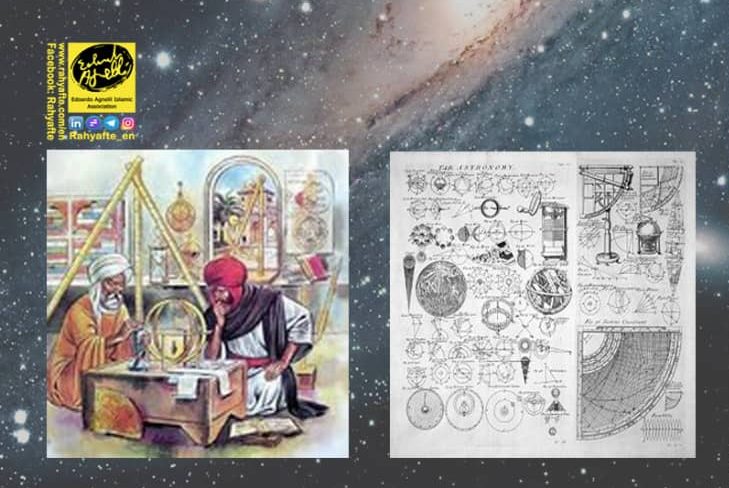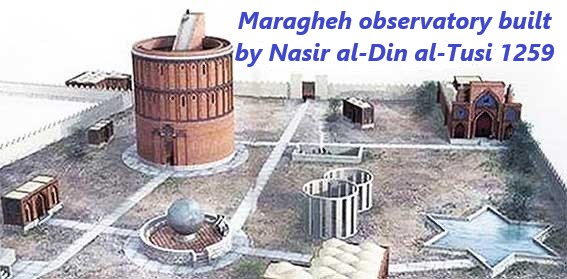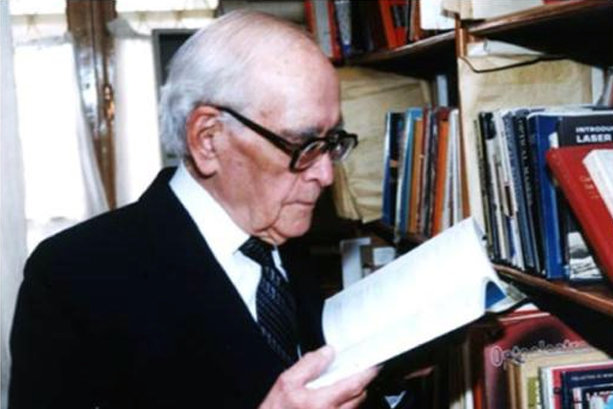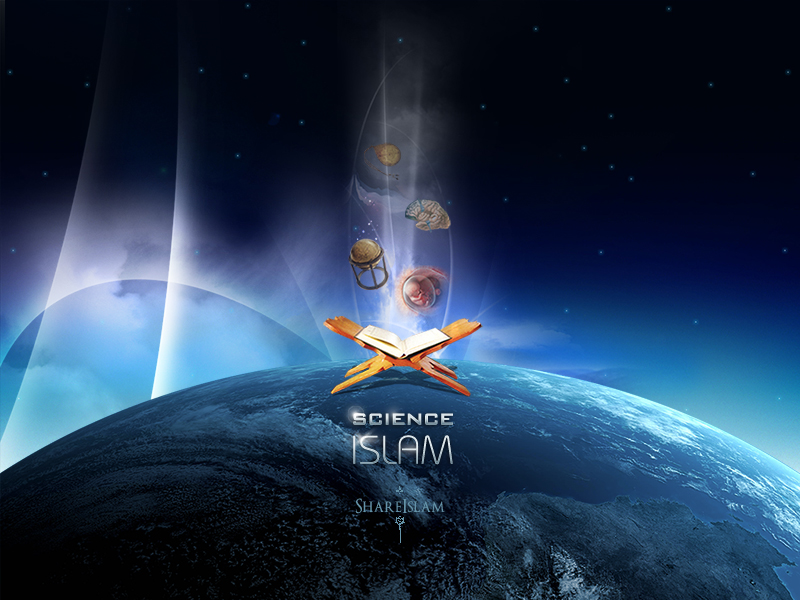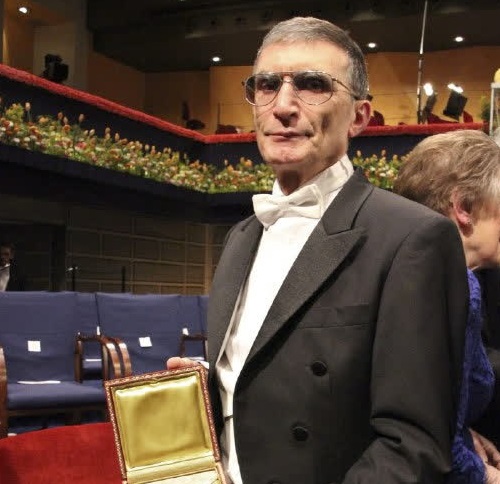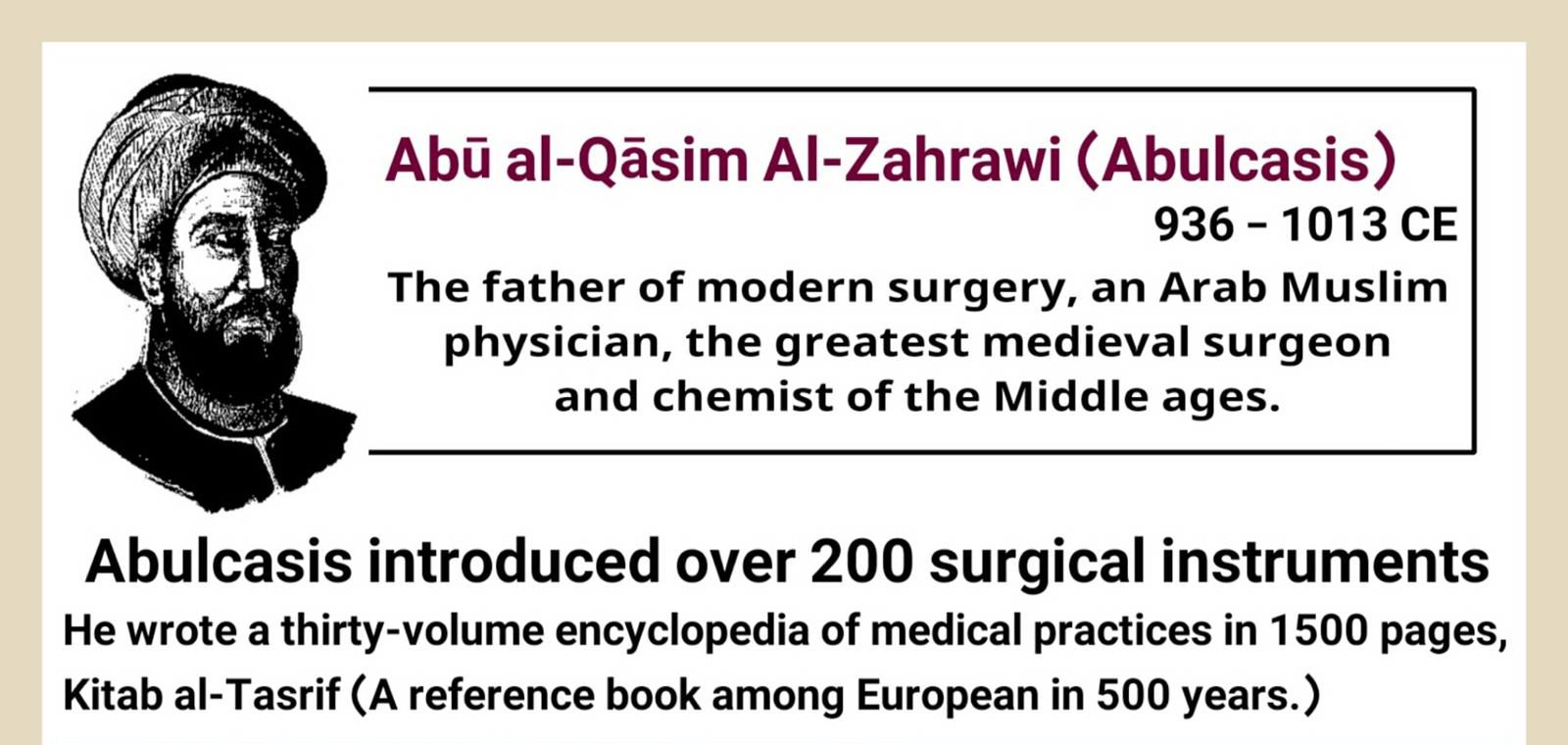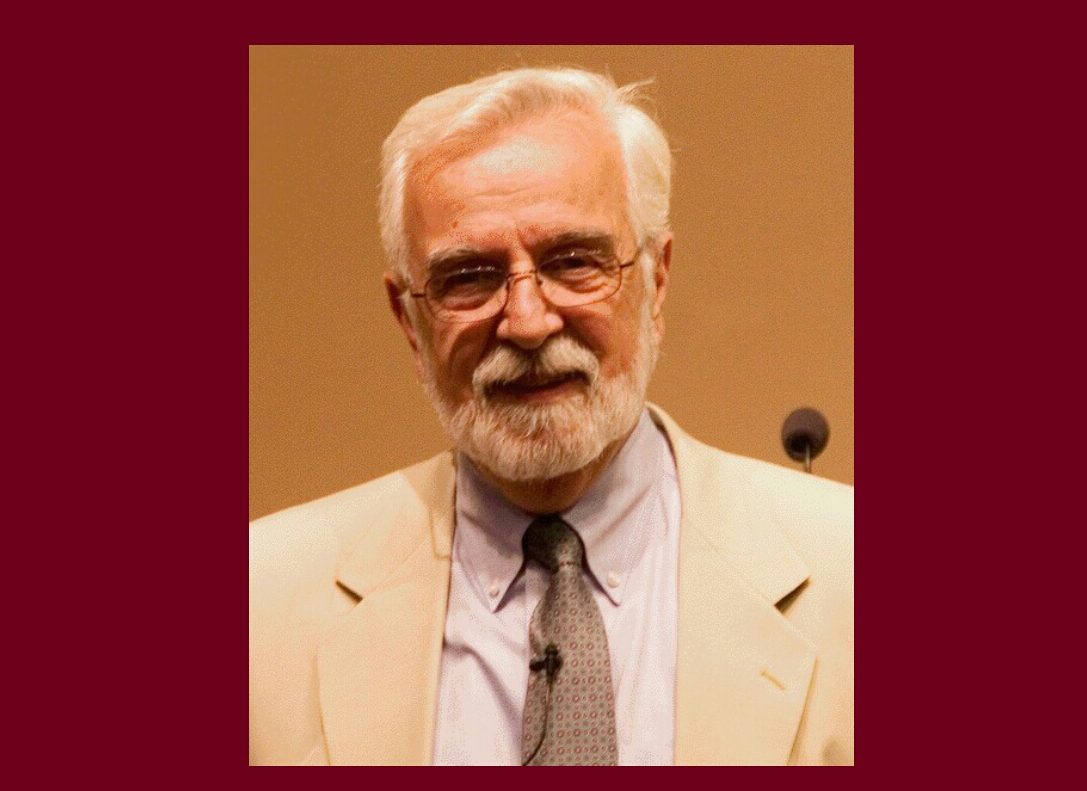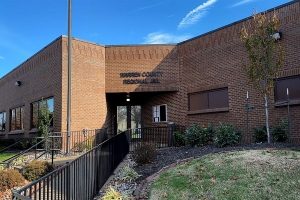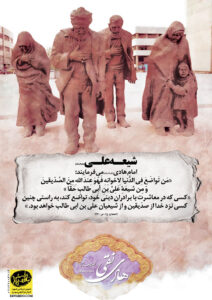According to rahyafte (the missionaries and converts website):
Mu’ayyad al-Din al Urdi is known for being the first of the Maragheh astronomers to develop a non-Ptolemaic model of planetary motion.
Biography
Al-Urdi (full name: Muʾayyad (al‐Milla wa‐) al‐Dīn (Muʾayyad ibn Barīk [Burayk]) al‐ʿUrḍī (al‐ʿĀmirī al‐Dimašqī) (مؤيد (الملة و) الدين (مؤيد ابن بريك) ألعرضي (العامري الدمشقي d. 1266).
Mu’ayyad al-Din al Urdi was an Arab Muslim astronomer, mathematician, architect and engineer working at the Maragheh observatory. He was born in circa 1200, presumably (from the nisba al‐ʿUrḍī) in the village of ʿUrḍ in the Syrian desert between Palmyra and Resafa, he came to Damascus at some point before 1239, where he worked as an engineer and teacher of geometry, and built instruments for al-Malik al-Mansur of Hims, and later in 1259 moved to Maragheh, Azarbaijan in northwastern Iran, to work at the Maragheh observatory under the guidance of Nasir al-Din Tusi.
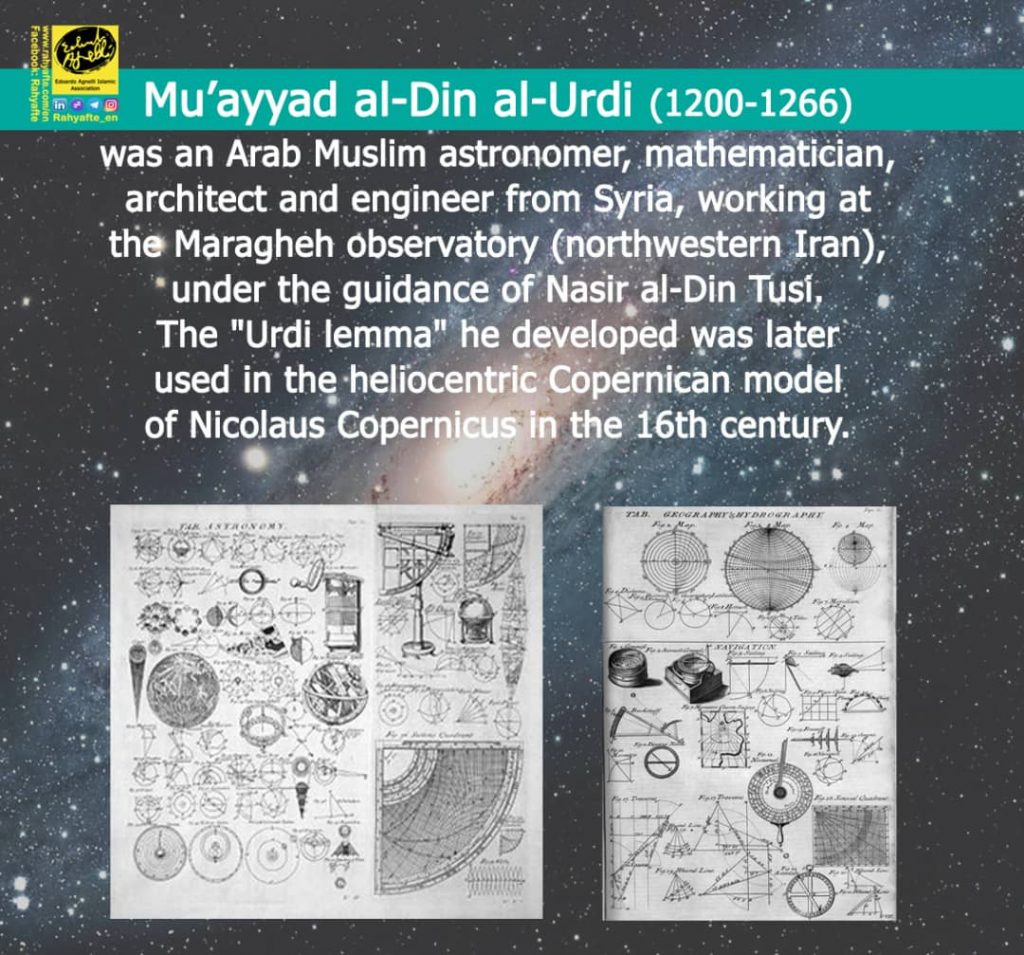
Accomplishments
- Al-Urdi’s most notable works are Risālat al-Raṣd, a treatise on observational instruments, and Kitāb al-Hayʾa (كتاب الهيئة), a work on theoretical astronomy.
- As an architect and engineer, he was responsible for constructing the water supply installations of Damascus, Syria, in his time.
- In particular, the “Urdi lemma” he developed was later used in the geocentric model of Ibn al-Shatir in the 14th century and in the heliocentric Copernican model of Nicolaus Copernicus in the 16th century.
His influence can be seen on Bar Hebraeus and Qutb al-Din al-Shirazi, in addition to being quoted by Ibn al-Shatir. Al-Urdi contributed to the construction of the observatory outside of the city, constructing special devices and water wheels in order to supply the observatory, which was built on a hill, with drinking water. He also constructed some of the instruments used in the observatory, in the year 1261/2. Al-Urdi’s son, who also worked in the observatory, made a copy of his father’s Kitāb al‐Hayʾa and also constructed a celestial globe in 1279.
Al-Urdi is a member of the group of Islamic astronomers of the 13th and 14th centuries who were active in the criticism of the astronomical model presented in Ptolemy’s Almagest. professor George Saliba (1979) identified Bodleian ms. Marsh 621 as a copy of Al-Urdi’s Kitāb al-Hayʾa, based on which he argued that Al-Urdi’s contributions predated Al-Tusi. Otto E. Neugebauer in 1957 argued that the works of this group of astronomers, perhaps via Ibn al-Shatir, must have been received in 15th-century Europe and ultimately influenced the works of Copernicus. This concerns the “Urdi lemma” in particular, an extension of Apollonius’ theorem that allowed an equant in an astronomic model to be replaced with an equivalent epicycle that moved around a deferent centered at half the distance to the equant point.
Maragheh Observatory
Maragheh observatory (Persian:رصدخانه مراغه) is an astronomical observatory which was established in 1259 CE by Nasir al-Din al-Tusi, an Iranian scientist and astronomer. Located in the heights west of Maragheh, East Azarbaijan province, Iran, it was once considered one of the most prestigious observatories in the world.
References
DUA: Allah please accept this from us. You are All-Hearing and All-Knowing. You are The Most Forgiving.You are The Most Relenting and repeatedly Merciful. Allah grant us The Taufiq to read all the 5 prayers with sincerity.
(Taken from: To Be Earnest In Prayers By Amina Elahi)
■ Feel Free to Share the posts with your Friends…
■ You too can take part and help us in sharing the knowledge…
■ May ALLAH SWT reward you for conveying His Message To Mankind
